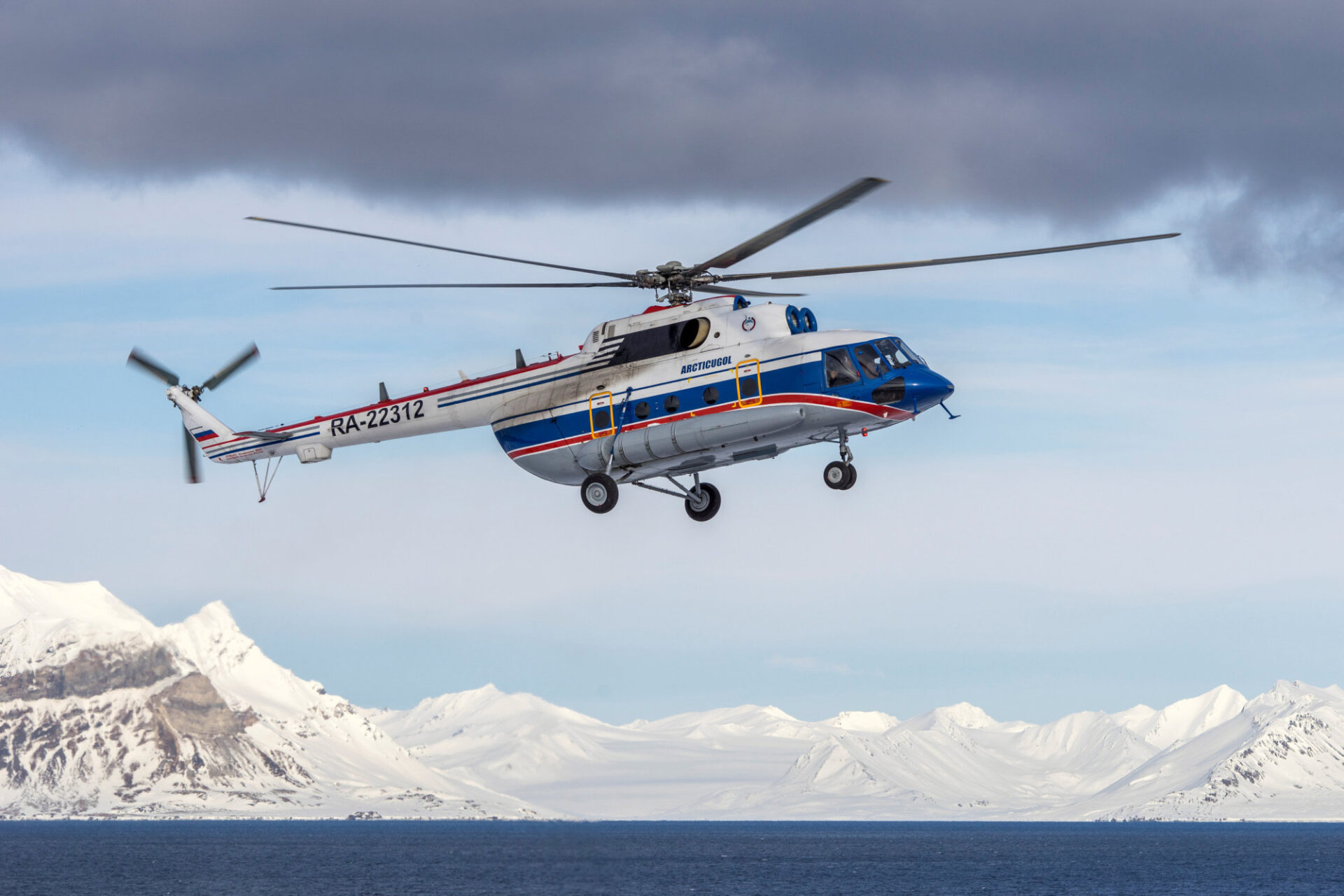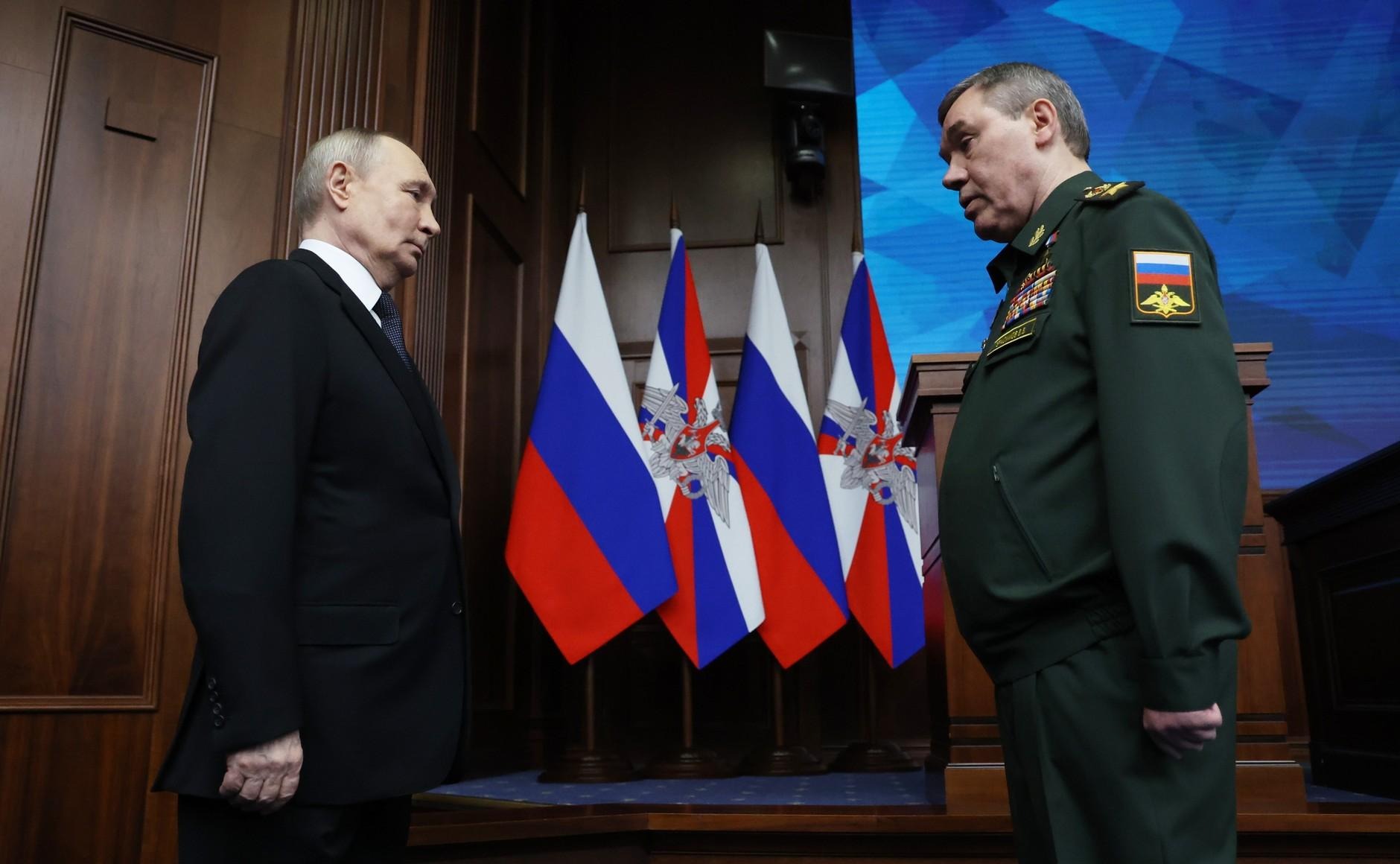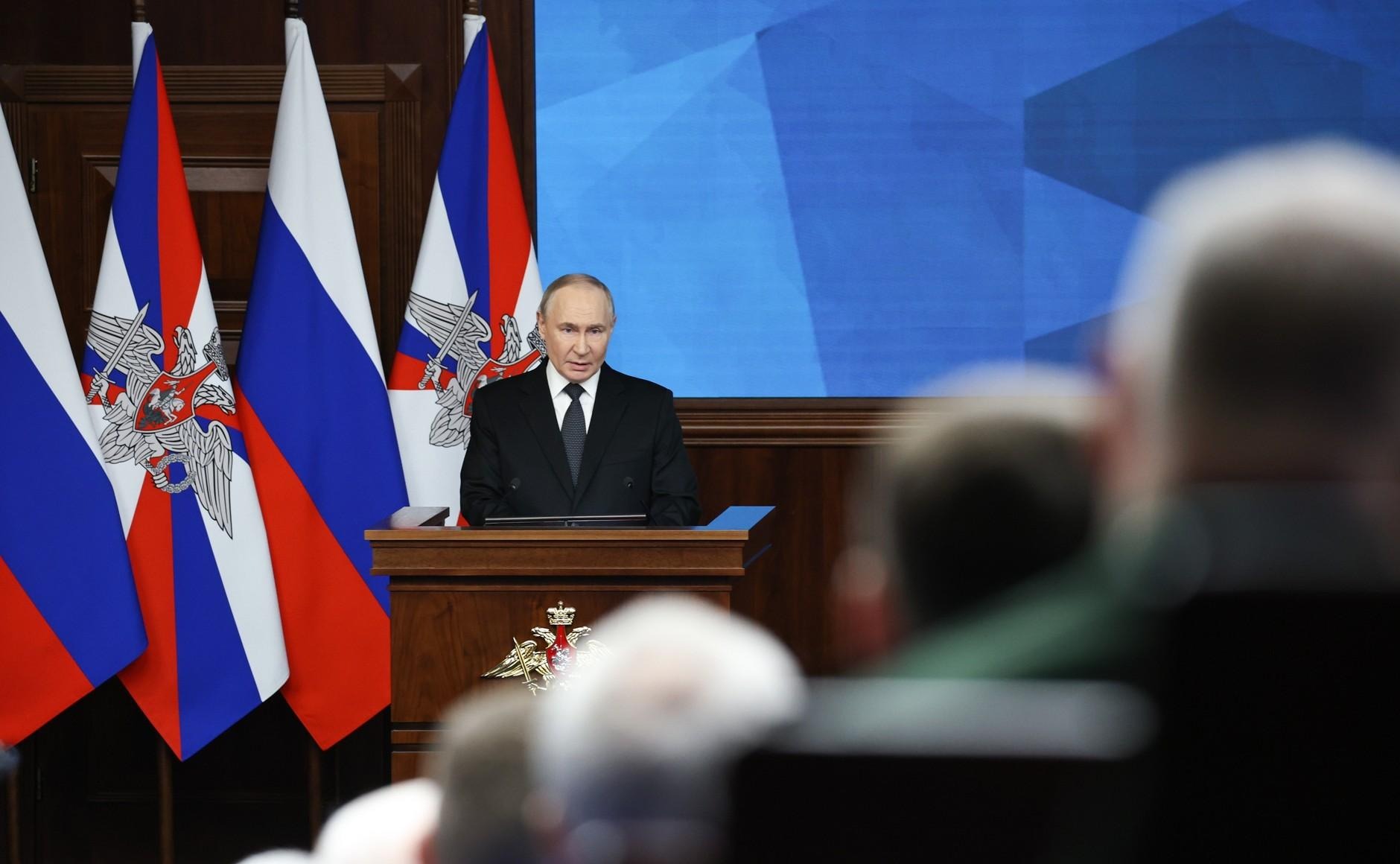
Militarization and Nuclearization: The Key Features of the Russian Arctic
Militarization and Nuclearization: The Key Features of the Russian Arctic
Taking ownership of and “conquering” the Arctic are themes Russian authorities love to amplify. But sometimes, the harsh Northern reality interferes. The crash of an Mi-8 helicopter in Svalbard (Spitsbergen), last Thursday (October 26), with eight lives lost, was one such occasion. Norway launched a rescue operation within 30 minutes, while Russian officials continued to falter for hours about the unclear circumstances surrounding the incident; the Russian search party arrived only on Sunday (RBC, October 26; RIA Novosti, October 29). The crew aboard the doomed helicopter had no reason to attempt that trip to the long-abandoned mining village of Piramida in poor weather, but Moscow insists on maintaining an active presence on the Norwegian archipelago (Gazeta.ru, October 26). Foreign Minister Sergei Lavrov, speaking at a recent meeting of the Barents Council, departed from the usual cooperative discourse and accused Norway of enforcing restrictions on Russian activities in Spitsbergen, including helicopter flights (Barents Observer, October 20). The Russian Ministry of Defense, meanwhile, has accused Norway of threatening Russia’s interests in the Arctic, and specifically on Spitsbergen (Kommersant, October 3).
This persistent exaggeration of external threats is supposed to justify Russia’s own build-up of military capabilities and infrastructure in the High North. The Northern Fleet demonstrated its firepower during the Zapad 2017 series of exercises, which are still being evaluated at the North Atlantic Treaty Organization’s (NATO) headquarters (Nezavisimaya Gazeta, October 26). Amphibious operations supported by missile strikes were the main feature of this year’s Zapad war games, which extended from the new base on Kotelny Island, in the East Siberian Sea, to Novaya Zemlya and Franz-Josef Land, in the Barents Sea (RIA Novosti, October 27). The Russian Arctic Command, established in December 2014 (see EDM, December 3, 2014), seeks to show readiness to defend navigation along the Northern Sea Route (NSR); but the main problem there is the rotten infrastructure, not piracy (see EDM, April 29, 2016; October 3, 2017). Rosatom, which owns the fleet of Russian nuclear icebreakers, has been trying to gain administrative control over the NSR, but the Ministry of Transport defends its turf, arguing that new funding should go to projects that have no nuclear content (Kommersant, October 27).
For Moscow, the strategic importance of the Arctic theater came into sharp focus last week, during night-long exercises of Russian strategic forces involving the whole triad of long-range aviation, intercontinental ballistic missiles (ICBM), and strategic nuclear submarines. The bombers did not venture far, but aimed their missiles at targets in the northern Pemboi test-site; the only ICBM tested was an old Topol, launched from the Plesetsk cosmodrome, in the Arkhangelsk region; one submarine fired a missile from the Barents Sea toward Kamchatka, and another fired two missiles from the Sea of Okhotsk toward the White Sea (RIA Novosti, October 27). The submarines involved were not named, so it is unclear whether at least one advanced Bulava missiles was tested—indeed, the track record of its tests is abridged and checkered. The Kremlin announced that President Vladimir Putin personally launched four ballistic missiles (Kremlin.ru, October 27). The credibility of this statement appears dubious because a submerged submarine can launch its missiles only by an order of its commander.
Putin obviously saw a need to assert his role as the commander-in-chief, but the effect was blunted by the lack of any televised video of him sporting military fatigues or observing the launches with binoculars. Quite possibly, he more sought to impress his Chinese counterpart, President and Communist Party Secretary General Xi Jinping, who emerged from the well-hidden intrigues of the 19th Party Congress triumphant and even more powerful (Carnegie.ru, October 26). Xi has taken particular care to highlight his leadership in reforming the Chinese armed forces (see China Brief, October 20), so Putin might have calculated that a forceful gesture would not go amiss (Russiancouncil.ru, October 26).
Russia is aware China is adding to its still symbolic footprint in the Arctic and investing in research and infrastructure projects in the High North (see EDM, April 7), looking for opportunities to break the monopoly of the five littoral states (Nezavisimaya Gazeta, October 2). Beijing’s largest stake so far is the partial ownership of the Yamal-LNG project, which is due to ship the first tanker of liquefied natural gas (LNG) to Chinese customers next month (TASS, October 10). A generous infusion of Chinese capital rescued this project from looming bankruptcy last year, and now Beijing is exerting gentle pressure to secure a tax cut on the dividends (Kommersant, October 16). Only by showcasing its military might Russia hope to counter the steady Chinese expansion in its vast but neglected Arctic frontier.
It is highly uncertain, however, whether Russia can rely on military instruments of policy in the near future because economic stagnation is taking its toll. The draft state budget for 2018–2020 envisages deep cuts in expenditures, and despite the heavy-handed lobbying by the top brass, allocations of funds for defense will also be curtailed (Kommersant, October 28). The only budget items to receive significant funding increases are programs directed by decisions of the president (Moscow Echo, October 25). Those may include the hugely expensive project to build a bridge connecting Sakhalin Island with the mainland, proposed by Arkady Rotenberg, an oligarch with a personal backdoor to the Kremlin (Moskovsky Komsomolets, October 23). Meanwhile, retrieving old nuclear bombs from the Tu-95 bomber that crashed near Sakhalin back in 1976 or treating the colossal amount of nuclear waste in the Kola Peninsula are unlikely to garner significant presidential attention (Novaya Gazeta, October 19).
The problem with all Arctic endeavors is that they are not currently profitable and depend upon the allocation of funds from the state budget. Despite money being short, political ambitions have yet to be lowered accordingly—in turn, this breeds continued demand for demonstrative activities, such as military exercises, on the cheap. Logistics and maintenance are typically the prime targets for cuts, and the Spitsbergen tragedy is a reminder of the risks of such savings. This situation is typical for the Russian military, and accidents from the Hmeimin airbase in Syria (where an Su-24 bomber crashed in October) to the Shaykovka airbase in the Kaluga region (where a Tu-22M3 bomber crashed during Zapad 2017) do not generate much news coverage. What makes the High North particularly vulnerable is the harsh environment, which puts every half-finished base at risk during the coming winter, as well as the extraordinarily high concentration of nuclear weapons, reactors, and waste on the Kola Peninsula. Putin may have feelings for the pristine Arctic nature, but his desire to uphold Russia’s status as an Arctic superpower puts many lives in harm’s way.


